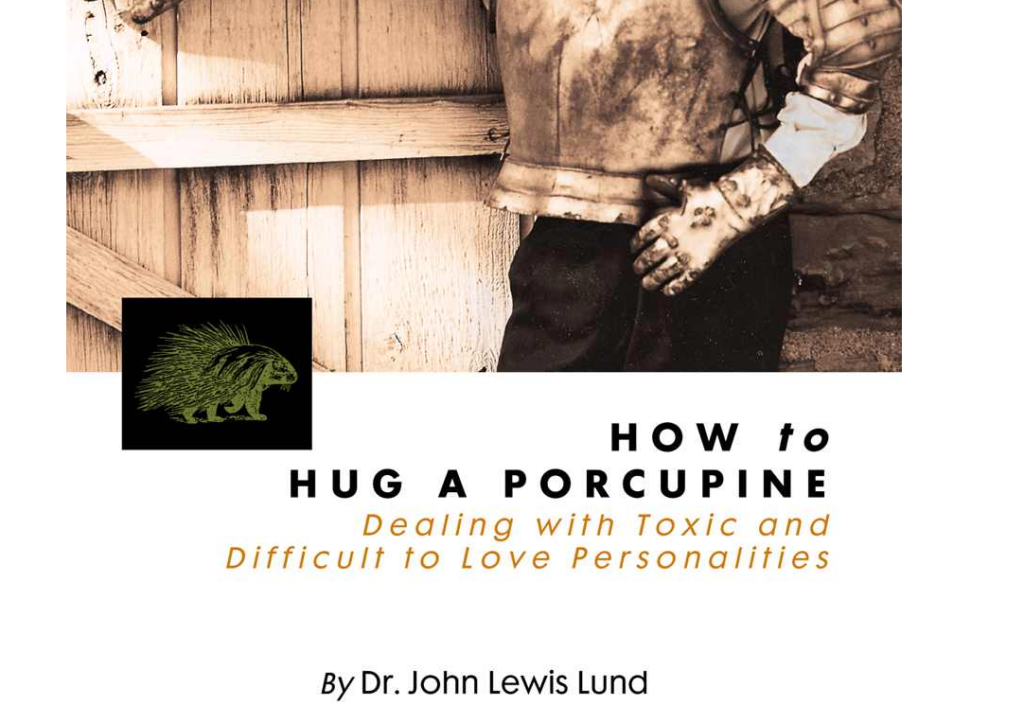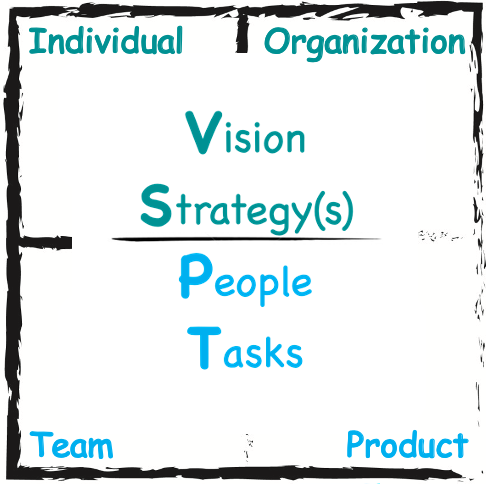The joy of working with toxic people!
The topic of how to deal with toxic people has popped up multiple times during the last six months. During the holidays at the end of 2020 I came across and read a book written by Dr. John Lund titled, “How to Hug a Porcupine: Dealing With Toxic & Difficult to Love Personalities.” Click picture to see the book on Amazon:

A few of the takeaways from his book include:
- First, you will never change a porcupine
- Second, a porcupine seldom understands that they are toxic themselves
- Third, you simply can’t hug porcupines
If you are having to mitigate temper tantrums thrown by an adult “two-year-old-self-entitled-brat” that never grew up, I would highly recommend Dr. Lund’s book.
In addition, I would suggest that you apply Vision, 4R Model and 4D model from the Flow Leadership Framework to stop them in their tracks, since most porcupines are self-centered, manipulators and control freaks. I have discovered that if you successfully remove emotion from a situation, then you almost completely disable the porcupine.
How to use Vision
Most porcupines are charming. They use emotions like a double-edged sword to get their way, even if it’s the wrong way.
For example, I had a situation where a porcupine was continuously trying to emotionally guilt-trip the rest of the team into doing what she wanted. So, I set-up a spread-sheet with one section on Vision, another with Strategy, the third with the Project & People and the fourth section labelled Tasks.

After interviewing all of the teams members for their VSPTs (Vision, Strategy, People, Tasks) for the project, I summarized it in a one-page table in Excel. Then I reviewed the table with each team member to ensure that I had their input correctly captured.
Then I called a team meeting.
As I handed-out printed copies of the table, I noticed that the porcupine immediately became agitated. As I walked the team through the results, it was clear that the porcupine was on the edge of an emotional outburst.
But she didn’t erupt like she had in other meetings. There, in black-and-white on the paper, it was clear her way was the wrong way and that the rest of the team was heading in a much better direction.
By demonstrating that her Vision was not aligned with the team’s Vision, all she could do was acquiesce to the will of the team. No tantrums. No theatrics. She was neutralized, for the moment. The disruptions ended. And eventually she got bored and left the team.
The 4R Model
The results that the porcupine was demanding from the rest of the team were borderline ridiculous. She was continuously interfering with the other team member’s daily work and felt that only her values & attitudes were the right ones. Ultimately, it was her core “truth” that was out of step and misaligned with the rest of the team.

Porcupines are not reasonable or rational people. They are highly efficient emotional manipulators. Trying to help a porcupine make a new decision based on new (rational) information won’t work, unless you’ve done your homework with the “VSPT” for the team.
The 4D Model
Porcupines love politics and drama. The phrase “drama queen” didn’t emerge in the English language by accident. A porcupine will only back-off when confronted with the fact that they are out of step with the rest of the group. Peer pressure still works, to some degree, with a porcupine. But the surrender on the part of a porcupine will be short-lived, at best.
By distilling agreement with the balance of the team, you can isolate the porcupine. As they understand that they are more-and-more out-of-step with the rest of the team, it is only then that they will get bored and start to look for some other interesting project where they can share their “valuable knowledge, skill and experience.”

Distillation is one of the key tools for mitigating politics, eliminating situational emotion and for preventing group-think. When you can remove these three from a team or an individual, then it is game, set and match. As much as they want to, even a porcupine can’t resist good technique (even if it shuts them down).
Only a porcupine can fix themselves
You can’t fix porcupines unless they themselves recognize that they both have and are the problem. Recognizing there is a problem is the first step to recovery. Most porcupines are not that self-aware to even be able to do that. They think they are God’s gift to humanity. They’re not.
So, unless you are a Psychologist like Dr. Lund, then you probably can’t even come close to fixing a porcupine, let alone hugging them. Feel free to try. And my 38+ years of working with people & teams tells me Dr. Lund is right.
And until the porcupine is “fixed,” the best you can do is to use peer pressure, Vision, the 4R Model and the 4D Model to either mitigate or eliminate the porcupines in your life.
If you’re not using the Flow Leadership Framework to mitigate and/or eliminate the porcupines in your life, then maybe we should be chatting about how to do that with your team members?
__________
PS Here are the associated links to this blog post for:
#culture #scrum #agile #pmi #pmp #kanban #lean #flow #scaledagile #transformation #change #transform